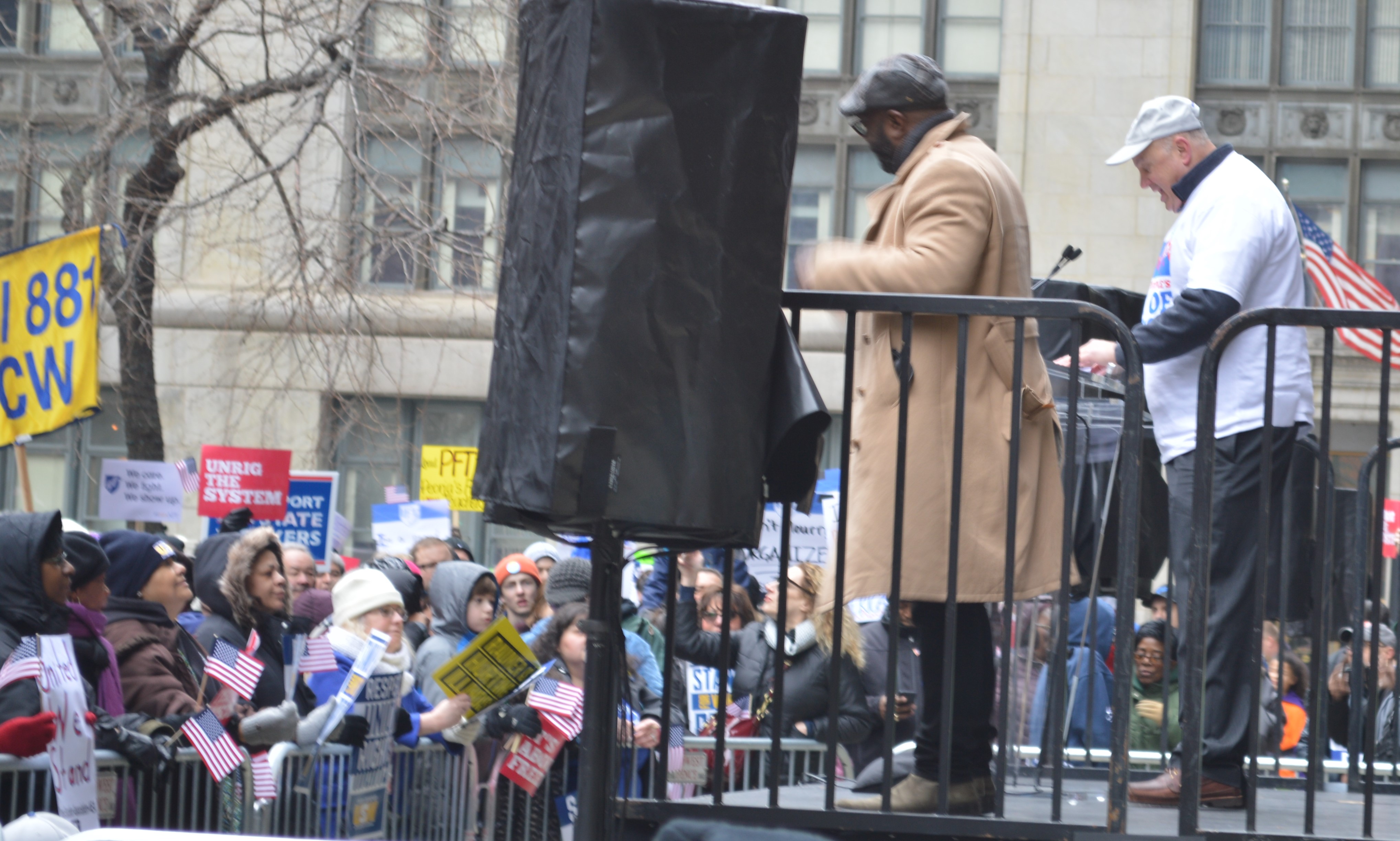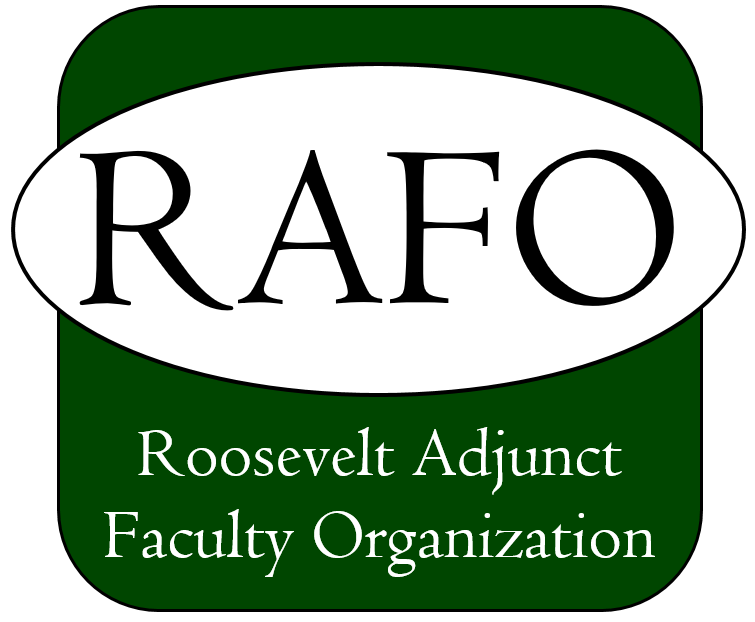From Vaida Miseviciute, ELP Adjunct Faculty
April 24, 2018

It is no surprise that millennials learn and see the world differently. Whether we like it or not, technology has influenced the way they search for information, apply it, and learn it. As a digital immigrant, I do believe that meaningful learning can happen without technology; however, I was inspired by the creative use of technology in language teaching and by the research-based results on how technology can enhance the experience.
Specifically, I really want to share one of the findings from the conference about feedback we give to students. There is a significant amount of data that audio feedback is more effective than written feedback. When I sent audio feedback to some of my students about their papers, I felt like I just had a drink form the Fountain of Youth. I was once again a “COOL” professor who understood their way. Even though I did not say anything different in my audio comments, the way the words came alive to them was very obvious. While a simple strategy, I would have never thought of it without the opportunity to participate in the conference. Thanks again to RAFO for helping us all to be more professional and inspired in our teaching.
We are happy to announce the results of our recent election of executive board members:
- President: Jennifer Wilson
- Vice President: (open)
- Treasurer: Don Wlodarski
- Grievance Chair: Bonnie Smothers
- Member Chair: Joseph Fedorko
Here are the results from our governance election:
College of Arts & Sciences
- Senate: Bonnie Smothers
- College Council: Mike Tafel
College of Education
- Senate: Ameila Hicks
- College Council: Ameila Hicks
Heller College of Business
- Senate: Cindy Eisenhard & Donald Wlodarski
- College Council: Steve Fedota

From B.J. Smothers, RAFO Grievance Chair
These are far from the best of times for those who must work for income. I was there to represent teachers, responding to the summons of IEA employees that I knew as close acquaintances. When education has become more important than it has ever been for young  people throughout the world, the U.S. is abdicating its responsibility in the name of private enterprise. From private vs. public schools to teachers’ unions, U.S. citizens are, quite frankly, under siege. It irks me, enough to alter my weekend activities to come out to a union rally in Daley Plaza. Once there, working my way up to the handmade podium, on 28 February 2018, a cold, overcast Chicago afternoon, I quickly became aware of a broader agenda.
people throughout the world, the U.S. is abdicating its responsibility in the name of private enterprise. From private vs. public schools to teachers’ unions, U.S. citizens are, quite frankly, under siege. It irks me, enough to alter my weekend activities to come out to a union rally in Daley Plaza. Once there, working my way up to the handmade podium, on 28 February 2018, a cold, overcast Chicago afternoon, I quickly became aware of a broader agenda.
All unions are under siege. But, these people were standing up for a just society through the right to unionize. This rally was a full workers’ program with representatives from many sectors, including teachers, nurses, and tradespeople. Strong unions help all citizens, but it takes a group together to get it done.

(I spotted Mother Jones in the form of a tall, full-figured balloon. Her “This Is No Pink Party” sign provided some history. The struggle to keep unions alive in the U.S. has a very long history.)
 Some participants came together in small groups, seemingly to visit, as people do at large parties. While the speakers, Paul Pater representing the Illinois Nurses Association (INA), Jeffery Maher, a Galesburg firefighter (AFFI), “Fight for $15” McDonald’s employees Tyree Johnson and Adriana Alvarez, and so on, gave witness to their concerns about the future of their unions and their livelihoods.
Some participants came together in small groups, seemingly to visit, as people do at large parties. While the speakers, Paul Pater representing the Illinois Nurses Association (INA), Jeffery Maher, a Galesburg firefighter (AFFI), “Fight for $15” McDonald’s employees Tyree Johnson and Adriana Alvarez, and so on, gave witness to their concerns about the future of their unions and their livelihoods.
As our democracy continues to be under siege (a friend recently sent me word about Trump’s attack on the Environmental Species Act—ESA), the battle appears daunting because the super wealthy have tasted greater chances to end all rules and regulations and will not be satisfied with mere tax reforms. Yet the energy of that rally is lasting. It reminds me that one has to break from one’s routines in these times of deep trouble. But, besides rallies, just what will it take, short of raising hell, as Mother Jones advocates?
Hello Fellow Adjuncts,
We hope your year is going well. RAFO would like to offer you an opportunity for your continuing professional development. If you are attending a workshop, conference, seminar to learn new skills, or presenting at a conference, RAFO has a mini-grant available to help you defray your expenses.
Download Professional Development Mini-Grant Application (click the download button in the upper right hand corner).
Review the application form and fill out the information requested. We are accepting applications from now until March 16 for the Spring term. All proposals will be reviewed by the professional development committee, and you will be notified if your application is approved and the amount that will be provided.
If you have any questions about the form or the grant itself, please do not hesitate to contact me.
Sincerely,
Ami Hicks, Ed.D.
RAFO, Professional Development
This email address is being protected from spambots. You need JavaScript enabled to view it.
As a part of the RAFO Contract, the Executive Committee meets with President Ali and Provost Lois Becker once a semester to discuss the ongoing progress and changes at the university in regard to the adjunct faculty and our union membership. Here are the main takeaways from our December 18 meeting with the President.
- The “new normal” incoming freshman classes will hover between 350 – 400 students with the greater emphasis on bringing in transfer and graduate students rather than larger freshman classes.
- With an increase in transfer students, more evening and weekend classes will be available for adjunct faculty to teach in the upcoming terms.
- Harper Community College opened a University Center on their campus which will house programs from three universities including Roosevelt. Some of the programs Roosevelt University will be offering at Harper’s University Center include Health Science Administration and Criminal Justice with room to grow other programs in correlation with the Harper College general education requirements. Adjunct faculty members will be asked to teach these courses onsite at Harper. The next steps for RU will be to implement similar programs at College of DuPage, Oakton Community College, and Lake County College.
- Changes to the general education requirements are reducing the ACP courses by two and thus, increasing the electives in other academic areas like philosophy, history, literature, and the social sciences.
- Roosevelt University is completing the final stages of moving programs and offices from the Gage Building so the property can be sold. These profits will be used to lower the overall debt of the university.
If you have additional questions about this summary or would like to participate as a member at large at the next Presidents’ Meeting, please contact me at This email address is being protected from spambots. You need JavaScript enabled to view it..
Jen Wilson, Vice President
RAFO
Page 26 of 31

